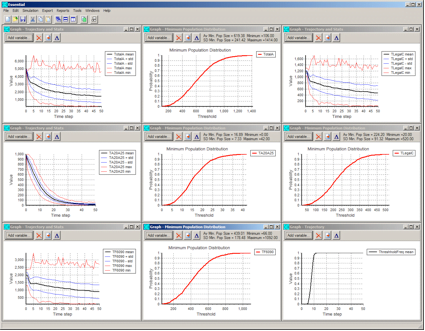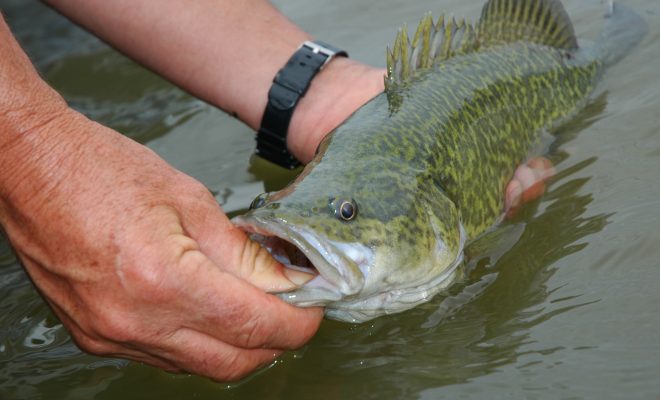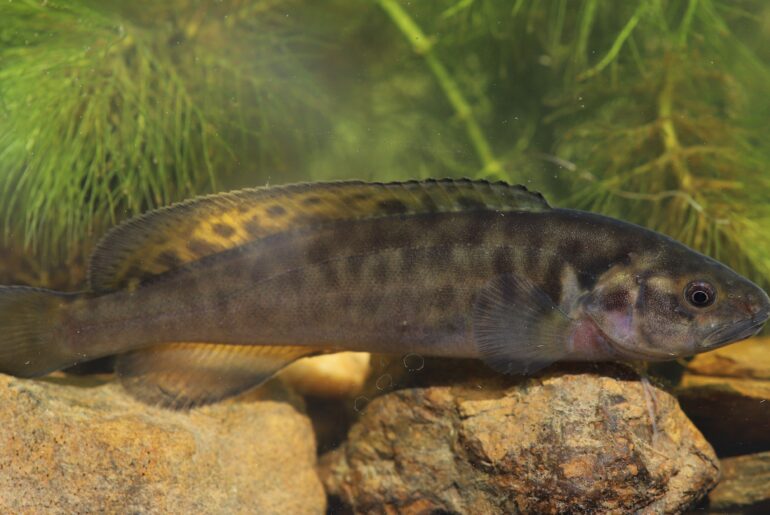Fish population models are built using information about a species’ biology and lifecycle to try and simulate the population, and relationships with external factors that may affect the population. The main use of these models is to hypothetically assess the impacts (negative or positive) of different management or environmental scenarios. Their predictive power gives fisheries managers a mathematical ‘crystal bowl’ to enable them to manage their fisheries in an informed way. Prior to this project, no such model has been created for Murray cod (Maccullochella peelii).
The objectives of this project were to:
- Develop a computer model (or models) to represent the population dynamics of Murray cod under alternative management options.
- Develop various management scenarios in relation to size, bag limits and potential recovery times from over fishing, fish kills and other management or environmental scenarios which may affect Murray cod populations.
- Document the findings of this work, and outline the implications for developing management options for Murray cod.
- Identify knowledge gaps concerning Murray cod biology and ecology that need investigating for improved management models to be developed.
Findings:
Modelled management scenarios for Murray cod indicate that risk to populations can be reduced substantially by appropriate changes to management actions. In particular, changes to recreational fisher size limits can have a major impact on long term survival of populations. The implementation of a slot size that protects both smaller and larger fish reduced population risk considerably.
Whilst habitat changes are difficult to quantify, it was shown that reductions in amount of habitat can place additional risk on populations, particularly when combined with angler take. Importantly, the collective impacts of less recognised threats such as thermal pollution, fish kills, mortalities to larvae over weirs, and losses into irrigation off-takes need to be as these threats are likely to be contributing significantly to mortalities at certain sites.

Implications for native fish:
The methods outlined in this study offer a formalised, rational, modelling approach which can form the basis for the assessment and prioritisation of management options for Murray cod. Such modelling highlights data gaps and monitoring requirements, and can become an integral part of the conservation and fishery management process. The model provides a tool for exploring the outcomes of management scenarios at both the regional and local scale. The modelling process has also helped facilitate inter-agency Murray cod management and the coordination of approaches between fishery managers, water and environmental protection/conservation agencies.
Link to full report – Management of Murray cod in the Basin



